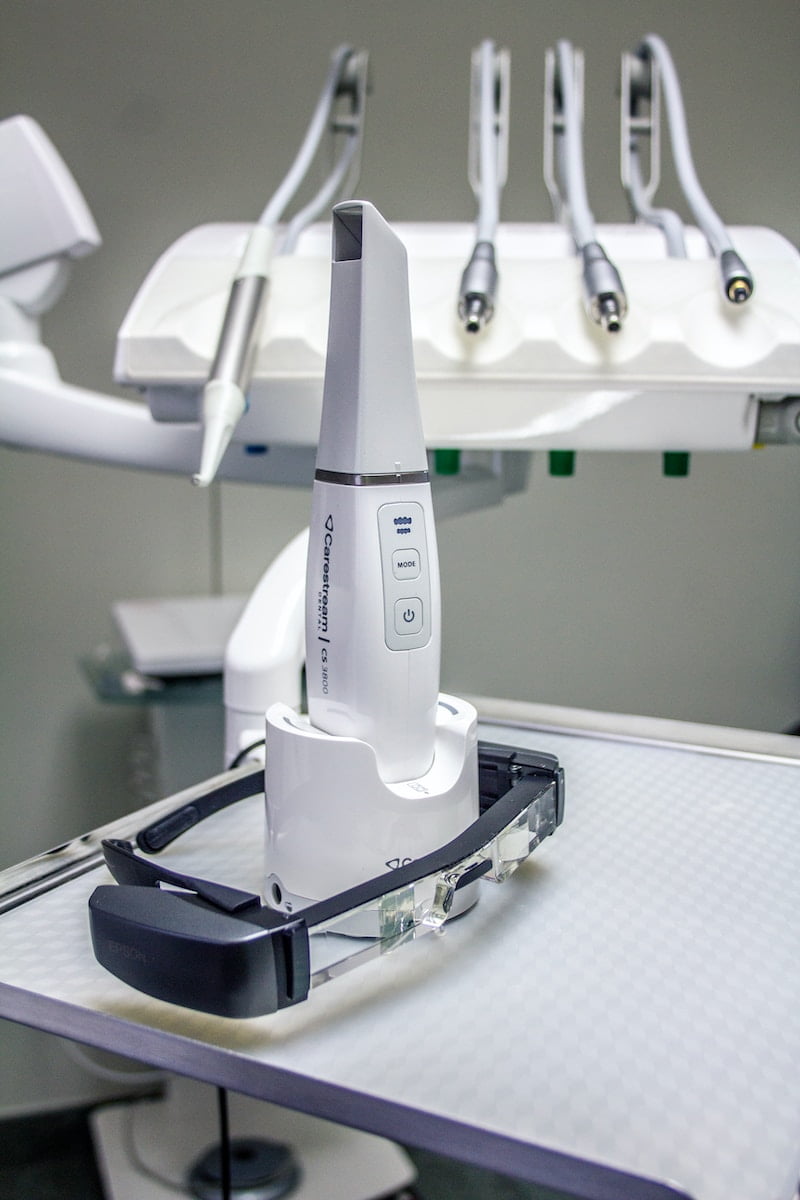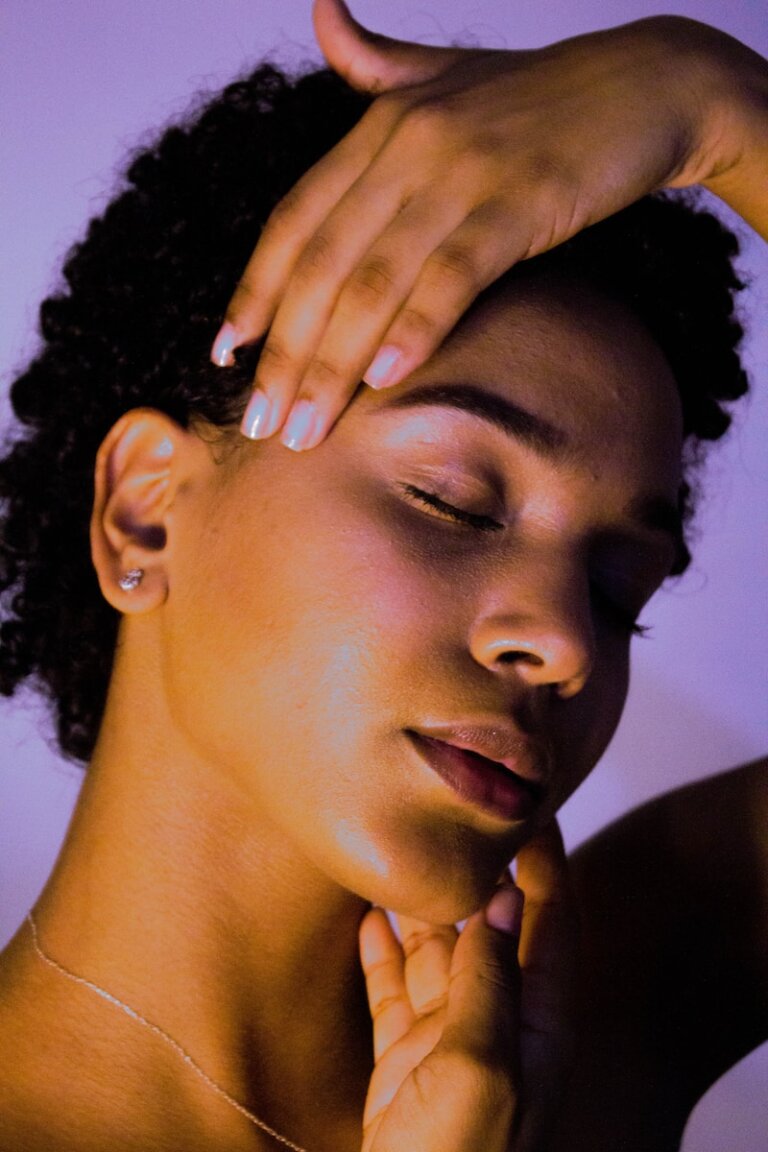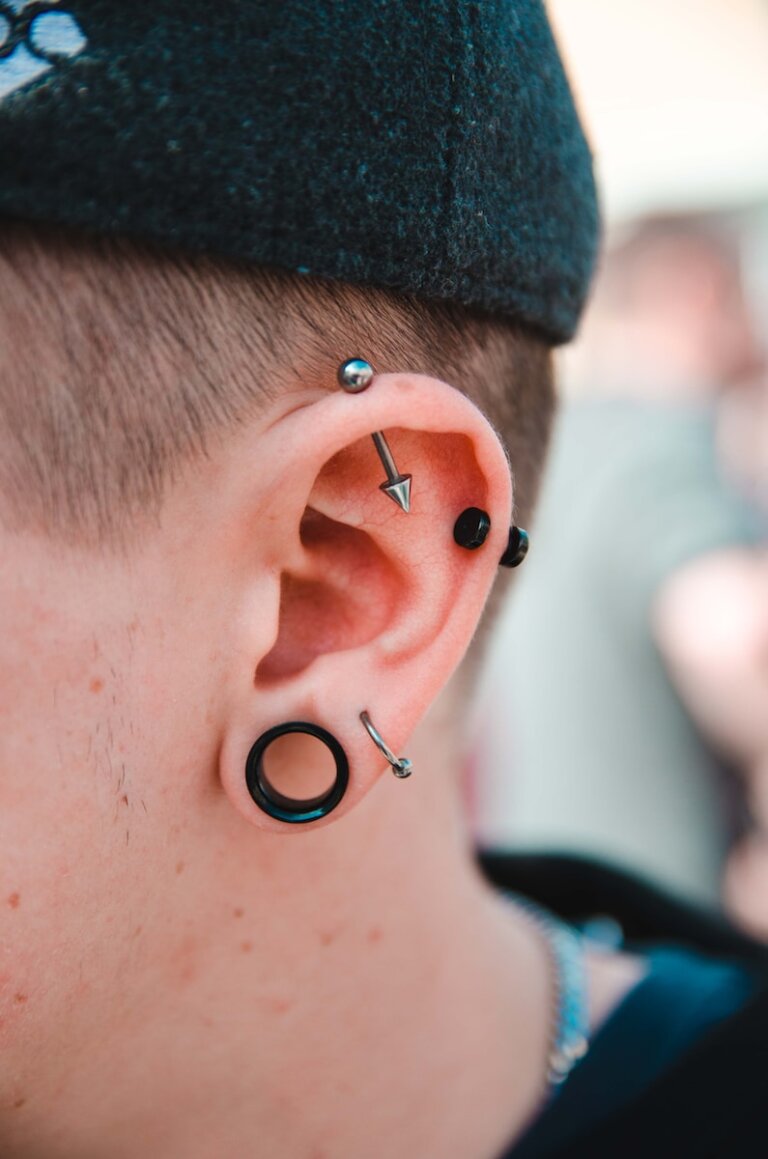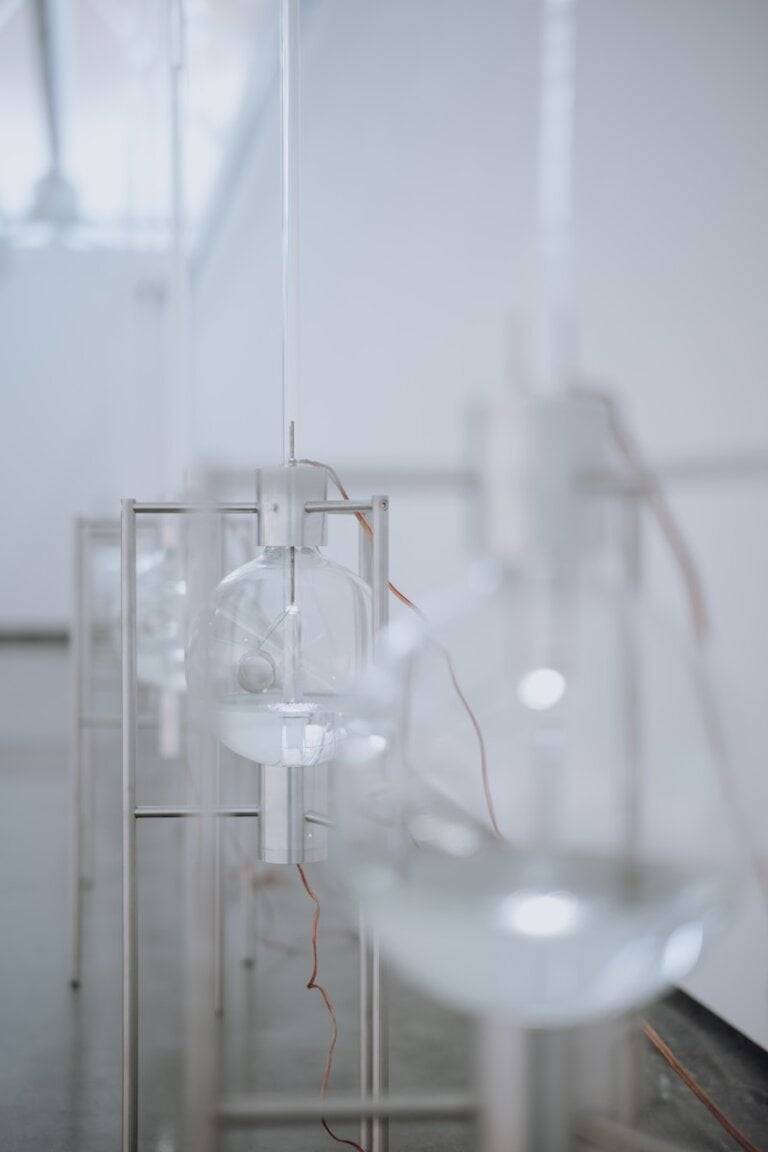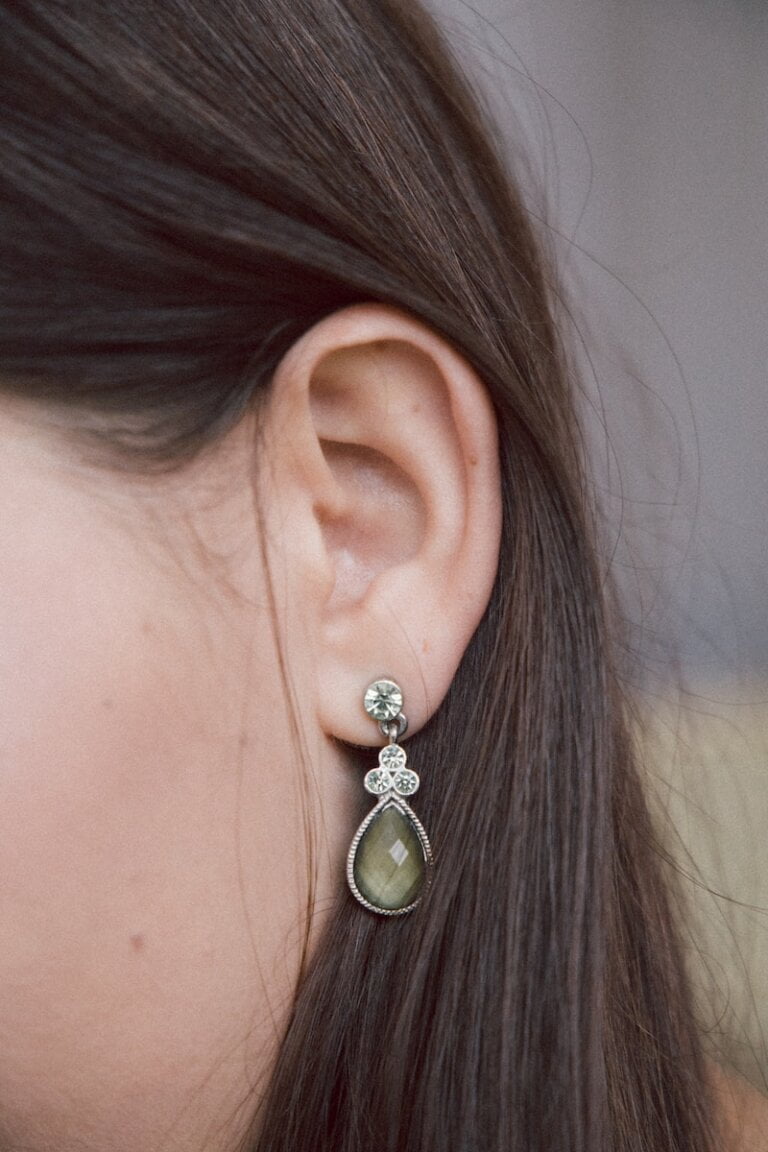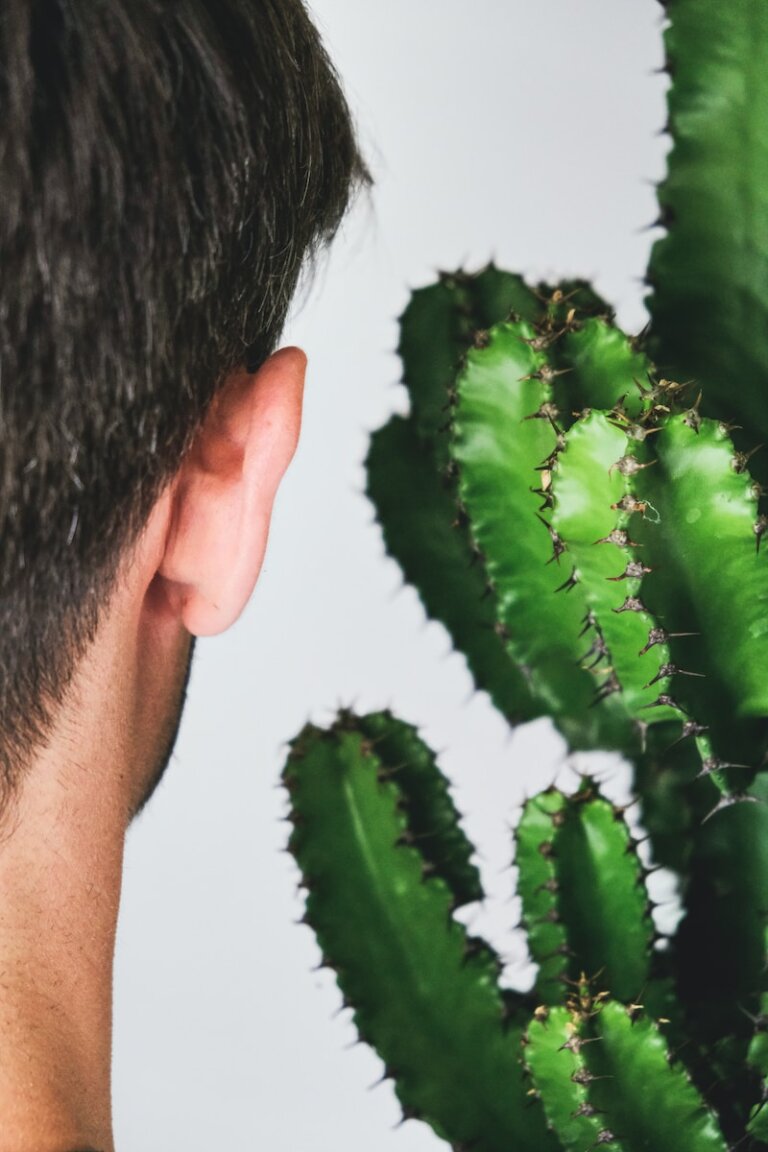Gentle and Effective: Safe Home Ear Cleaning Techniques
Last Updated on 3rd May 2024 by Admin
Maintaining proper ear hygiene is essential for overall ear health. Regular ear cleaning can help prevent infections and ensure optimal hearing. However, it is crucial to use gentle and safe techniques to avoid any damage or discomfort. In this article, we will discuss some effective home ear cleaning techniques that are both safe and gentle.
Importance of Safe Ear Cleaning
Before we delve into the techniques, it’s important to understand why safe ear cleaning is crucial. The ear has a self-cleaning mechanism that helps remove earwax naturally. However, excessive earwax buildup or improper cleaning methods can lead to various problems, such as hearing loss, ear infections, or damage to the delicate structures of the ear.
Using safe ear cleaning techniques ensures that we maintain the natural balance of the ear, preventing any harm or discomfort. It is recommended to consult a healthcare professional if you experience severe earwax impaction or have a history of ear problems.
Home Ear Cleaning Techniques
Warm Water Irrigation
One effective and safe home ear cleaning technique is warm water irrigation. This method involves using warm water to flush out excess earwax gently. To perform this technique, follow these steps:
- Fill a rubber bulb syringe with lukewarm water.
- Tilt your head to the side and gently squeeze the syringe to release a steady stream of water into the ear canal.
- Aim the stream of water towards the roof of the ear canal to avoid damaging the eardrum.
- Allow the water to drain out naturally, and repeat the process if necessary.
It is important to note that using cold or hot water can cause dizziness or discomfort, so always ensure that the water used is at a comfortable temperature.
Hydrogen Peroxide Solution
Another effective technique for safe ear cleaning is using a hydrogen peroxide solution. This solution can help soften and remove stubborn earwax. Here’s how to use it:
- Mix equal parts of hydrogen peroxide and warm water.
- Using a dropper, carefully apply a few drops of the solution into the ear canal.
- Keep your head tilted for a few minutes to allow the solution to penetrate the earwax.
- Tilt your head to the opposite side to let the solution drain out.
- Gently wipe away any excess solution with a soft towel or tissue.
Remember to always be cautious when using a dropper and avoid inserting it too deeply into the ear canal to prevent any damage.
Oil Drops
Certain oils can effectively soften hardened earwax and facilitate its removal. Olive oil, mineral oil, or baby oil can be used for this purpose. To use oil drops for ear cleaning, follow these steps:
- Warm the oil slightly, but ensure it is not too hot to avoid discomfort.
- Use a dropper to apply a few drops of the oil into the affected ear.
- Allow the oil to sit for a few minutes, helping to soften the earwax.
- Tilt your head to the side to let the oil drain out naturally.
Using oil drops can be a gentle and safe method to remove excess earwax, but always ensure that the oil is not too hot and avoid inserting anything into the ear canal to prevent any damage.
Earwax Softening Agent
If you prefer using a commercially available product, there are over-the-counter earwax softening agents that can be used as directed. These agents contain active ingredients that help break down the earwax and make it easier to remove. When using an earwax softening agent, it is important to carefully follow the instructions provided with the product to ensure safe and effective use.
Avoid Cotton Swabs
While cotton swabs may seem like a common tool for ear cleaning, they can do more harm than good. Inserting cotton swabs into the ear canal can push the earwax deeper or cause damage to the delicate structures of the ear. Therefore, it is best to avoid using cotton swabs for ear cleaning. Instead, opt for gentle cleaning methods that do not involve inserting anything into the ear canal.
Tips for Safe Ear Cleaning
In addition to the techniques mentioned above, here are some tips to ensure safe ear cleaning:
- Always ensure that the water or solution used for ear cleaning is at a comfortable temperature. Avoid using cold or hot liquids, as they can cause dizziness or discomfort.
- After the cleaning process, use a soft towel or tissue to wipe away any excess water or solution. Avoid inserting anything into the ear canal to prevent any damage.
- If you experience pain, discomfort, or notice any signs of infection, such as redness, swelling, or discharge, it is important to seek medical advice. These symptoms may indicate an underlying condition that requires professional attention.
- Avoid excessive or frequent ear cleaning, as it can disrupt the natural self-cleaning mechanism of the ear. Stick to a regular cleaning routine but ensure it is gentle and safe.
- If you have a history of ear problems, it is advisable to consult a healthcare professional before attempting any home ear cleaning techniques. They can provide personalized guidance and recommend suitable methods based on your specific needs.
Conclusion
Safe and gentle home ear cleaning techniques are essential for maintaining optimal ear health. By following the methods mentioned above and keeping the tips in mind, you can effectively remove excess earwax and prevent potential complications. Remember, it is always important to consult a healthcare professional for personalized guidance regarding your ear health.
Note: The content provided in this article is for informational purposes only and should not be considered medical advice. Always consult a healthcare professional for personalized guidance regarding your ear health.
FAQ
Q: Why is safe ear cleaning important?
A: Safe ear cleaning is important to maintain the natural balance of the ear and prevent any harm or discomfort. Improper cleaning methods or excessive earwax buildup can lead to hearing loss, ear infections, or damage to the delicate structures of the ear.
Q: What is warm water irrigation?
A: Warm water irrigation is a home ear cleaning technique that involves using lukewarm water to gently flush out excess earwax. It is important to aim the stream of water towards the roof of the ear canal to avoid damaging the eardrum. However, due to the associated risks of irrigation it is recommended to seek an Audiology or ENT professional to perform the much safer microsuction method.
Q: How can hydrogen peroxide be used for ear cleaning?
A: Hydrogen peroxide is used by some people as a solution to soften and remove stubborn earwax. A mixture of equal parts hydrogen peroxide and warm water is carefully applied to the ear canal using a dropper. After a few minutes, the head is tilted to let the solution drain out. Although this method is described here, it is not recommended as hydrogen peroxide can cause severe skin irritation.
Q: Can oil drops be used for ear cleaning?
A: Yes, certain oils such as olive oil, mineral oil, or baby oil can be used to soften hardened earwax and facilitate its removal. A few drops of warm oil are applied to the affected ear and allowed to sit for a few minutes before tilting the head to let the oil drain out naturally.
Q: What is the best softening method for ear wax?
A: The Hearing First Waxbusting Protocol™ developed by Jason Levy is an excellent way to soften ear wax and consists of 2 steps: Step 1 involves the application of glycerol to the ear 3 times a day for 2 days. Hearing First offer this in a convenient spray with added lidocaine for relief of itching and ear pain here. Step 2 involves the application of 2 squirts of Earol 4 times a day for 3 days. You can order Earol here.

